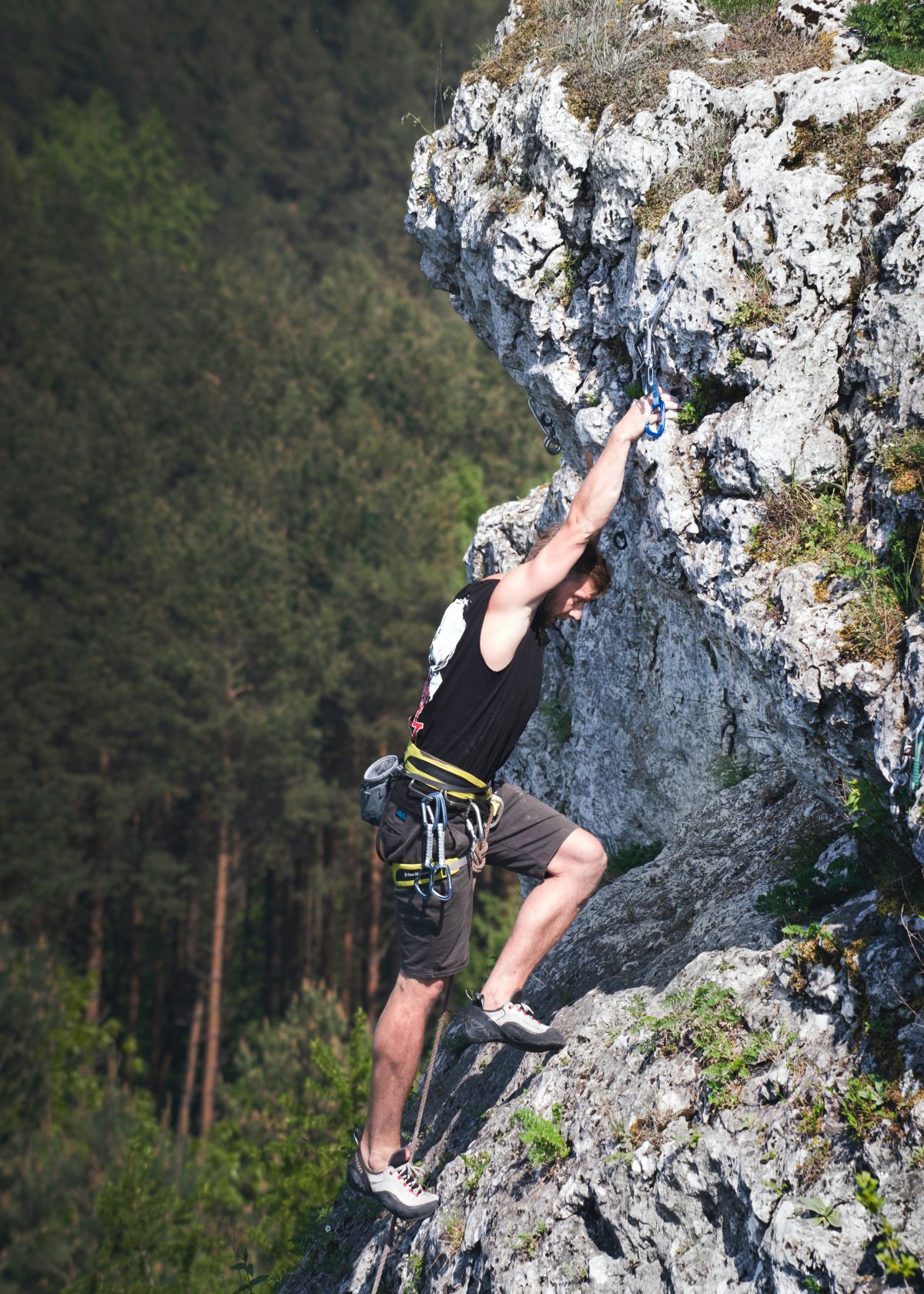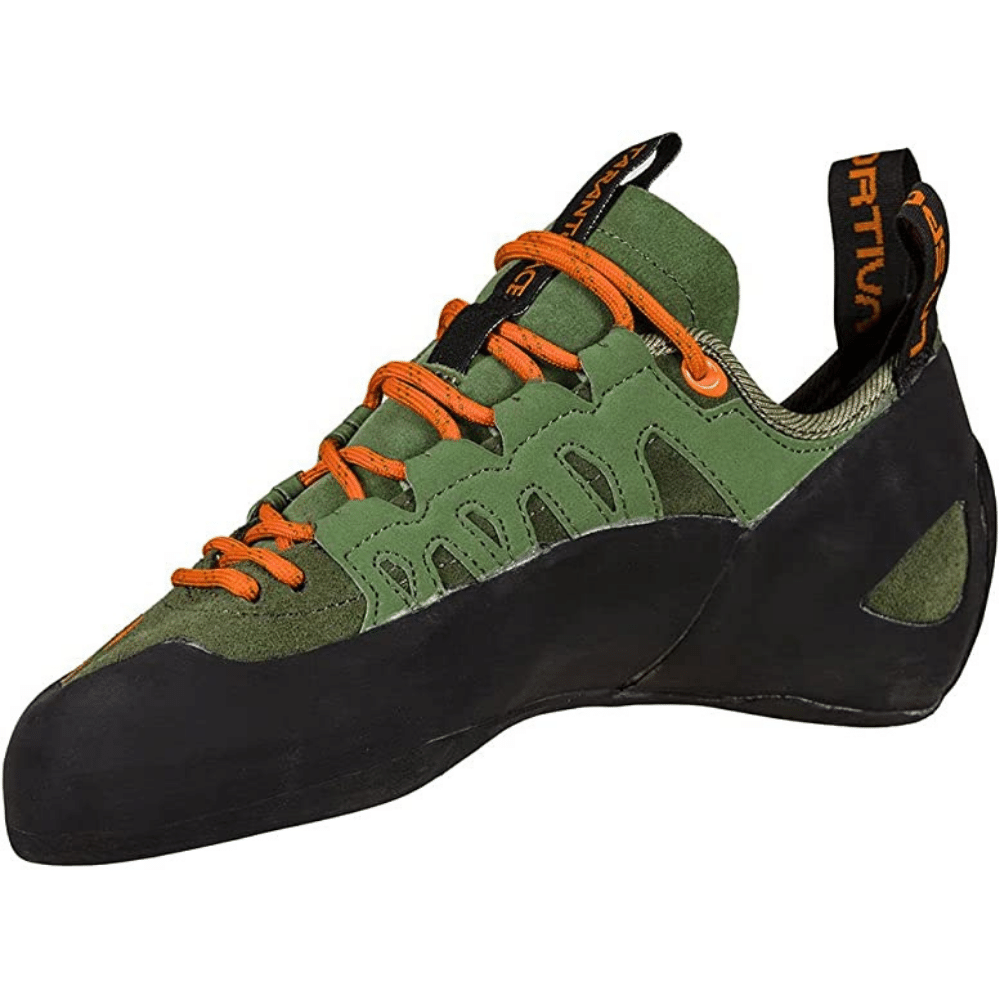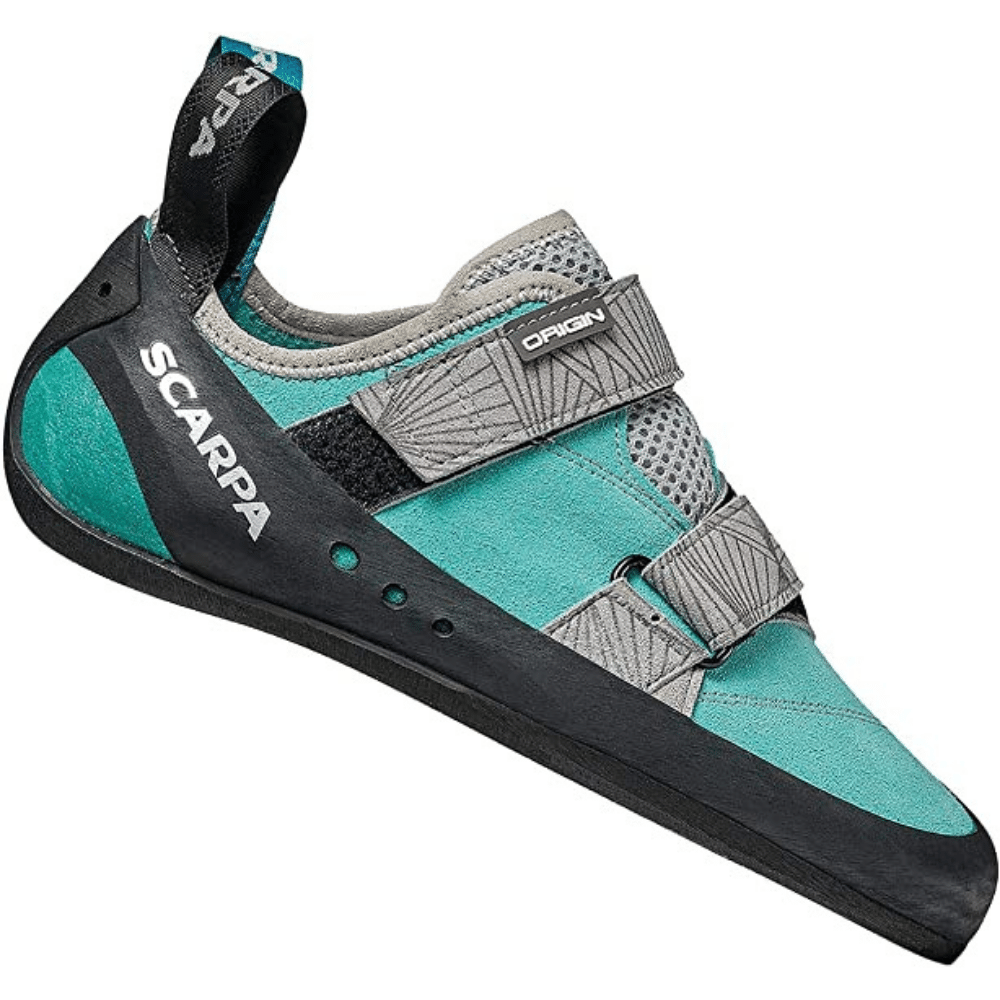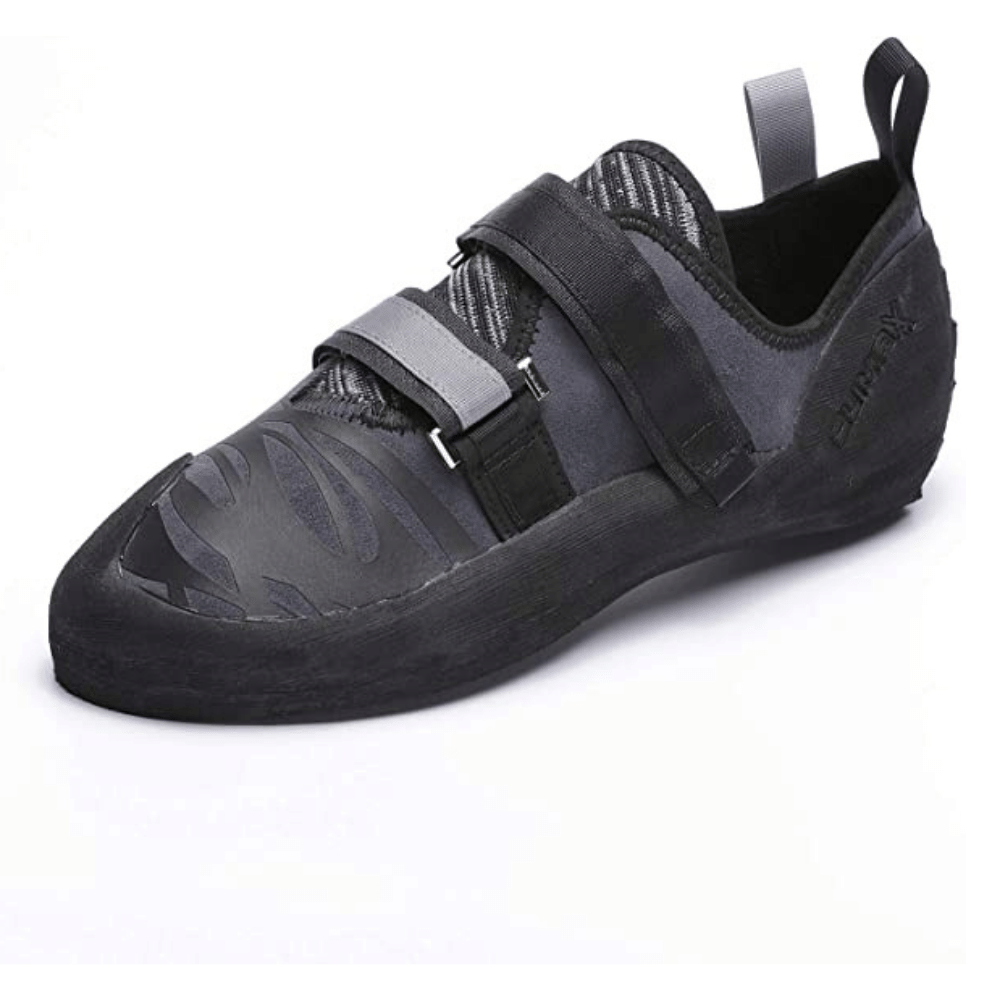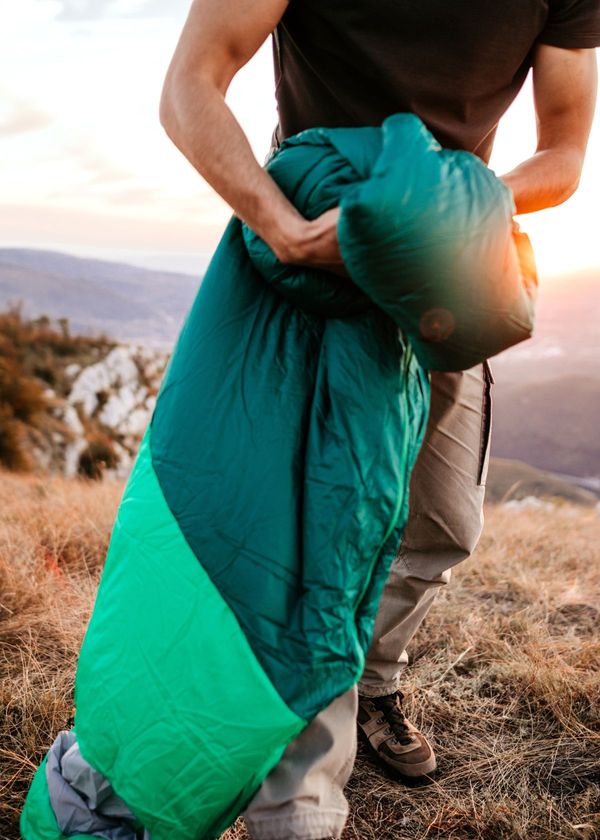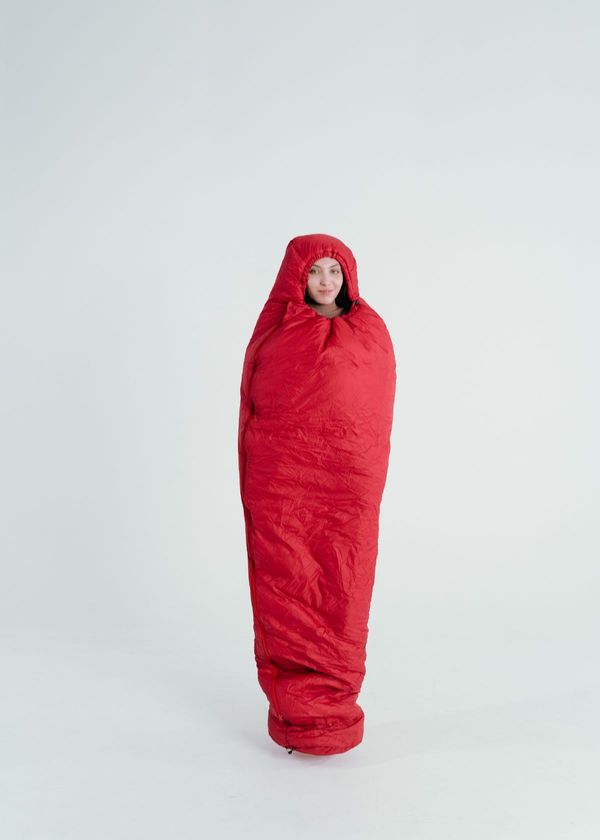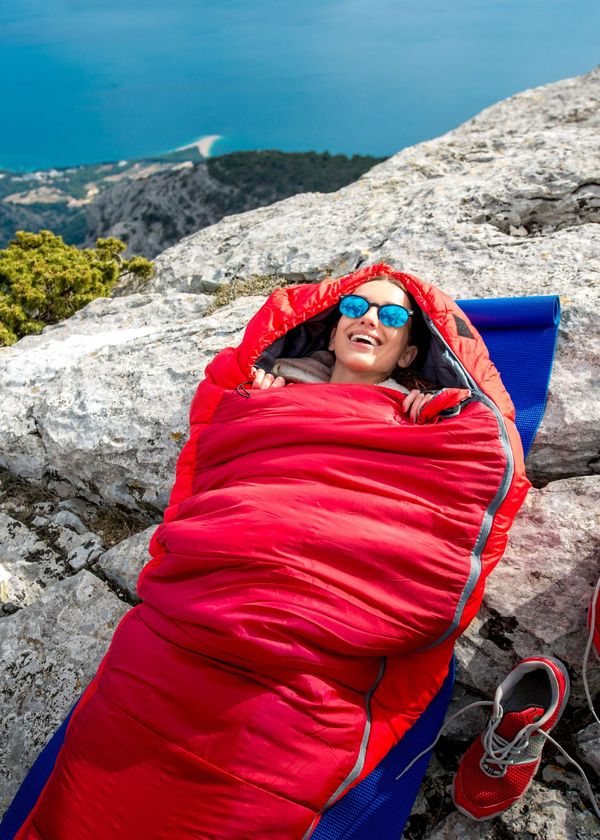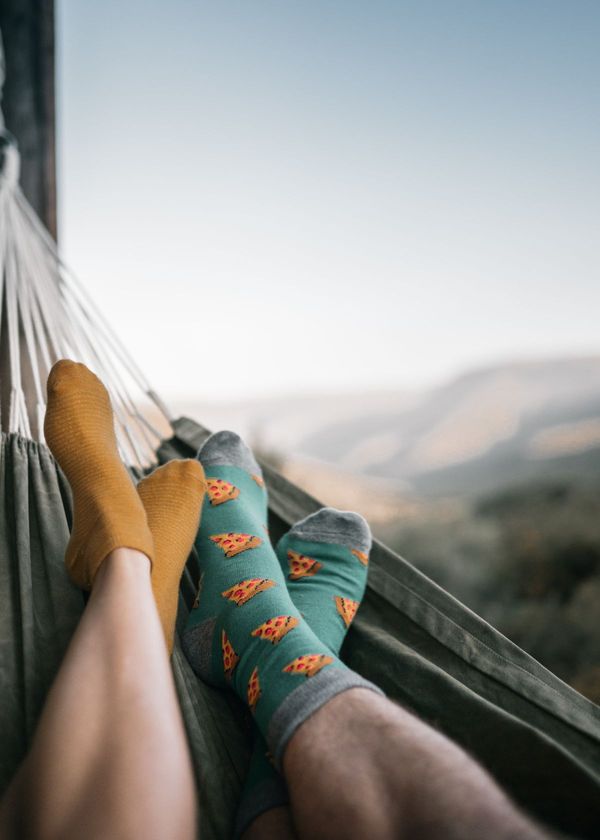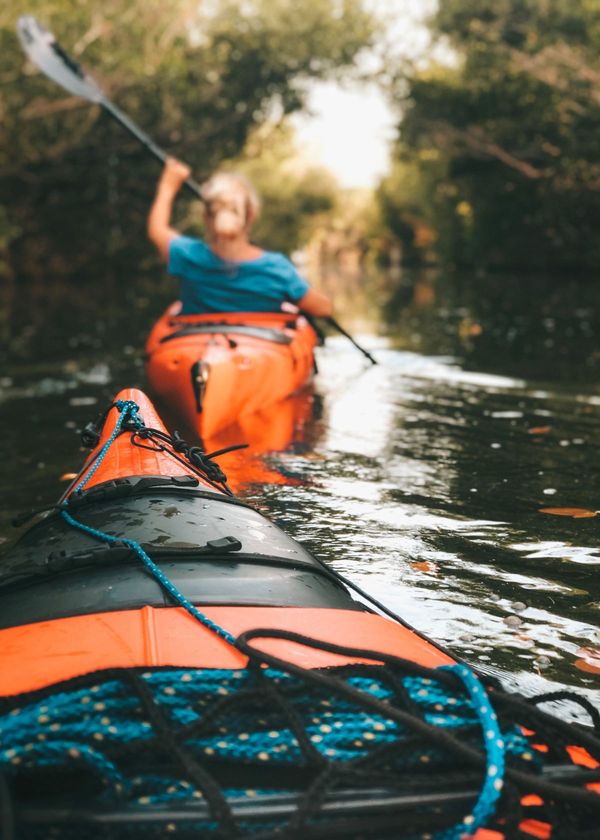If you're new to climbing or looking for an upgrade, read on!
We know that finding the best climbing shoes can be tough. That's why we did all the research for you and put together this comprehensive guide comparing the top 5 shoes for beginners and intermediate climbers.
Whether you're a beginner starting out or an experienced climber looking for an upgrade, we've got the perfect shoe for you. So what are you waiting for? Read our review and find the best climbing shoes for you today!
How We Search For The Best Choice
Climbing shoes are an important part of your climbing gear, but it can be hard to know which ones to buy.
With all of the different brands and models of climbing shoes on the market, it can be tough to decide which pair is right for you in the climbing shoe world.
We have read through thousands of reviews to find the best climbing shoes for you. Whether you're a beginner or an intermediate climber, we've got the perfect pair of shoes for you.
Why It’s A Five-Star Choice
The La Sportiva Men's Tarantulace Rock Climbing Shoe is an excellent choice for climbers who want a versatile and capable shoe. It performs well on various terrain, from more challenging outdoor climbs to indoor gym sessions.
The Tarantulace has an excellent grip and is comfortable and secure, making it a great choice for climbers of all levels.
Things That Are Good To Know
For those who are looking for an excellent rock climbing shoe, the La Sportiva Tarantulace is a great option. The all-leather upper is breathable and durable, yet it stretches to conform to your foot shape.
The updated heel cup holds the heel in place for a secure and snug fit. Quick-pull lacing allows for precise fit along the length of the foot, wrapping the foot snugly for excellent support, fit, and comfort. An aggressive rubber heel rand and sticky FriXion RS rubber are grippy yet hard-wearing, offering increased durability and a powerful edging platform climb after climb.
Whether you're just starting out or you're a seasoned pro, the La Sportiva Tarantulace is a great choice for your next pair of rock climbing shoes.
Why It’s A Five-Star Choice
The SCARPA Women's Origin Rock Climbing Shoes are amazing handmade climbing shoes for women. They're more comfortable than most other climbing shoes while still having all the attributes a great climbing shoe should have.
They're perfect for any woman who loves to climb and wants a shoe that will help them perform at their best.
Things That Are Good To Know
The SCARPA Origin climbing shoe is designed for comfort and performance, with a women’s-specific last and lower-volume heel cup for a better fit. The thick rubber outsole is highly durable, giving you the wiggle room you need to learn proper footwork.
This unique heel system spreads the force of the heel tension, reducing pressure on your Achilles heel while still providing active forward pressure. The passive rand is tensioned perfectly to let you wear these shoes all day without feeling any foot fatigue.
Whether you’re just getting started in climbing or are an experienced climber looking for a comfortable all-day shoe, the Origin is an excellent choice.

Best Choice For The Gym For Men
Black Diamond Mens Momentum Lace Rock Climbing Shoes
Why It’s A Five-Star Choice
This is the perfect shoe for any beginner climber. They are comfortable and provide excellent support for a whole day at the gym. With a lace-up design, these shoes are easy to get on and off and provide a snug fit.
The sticky rubber sole provides great traction and grip on any surface. These shoes are a great choice for any climbing enthusiast who loves gym climbing.
Things That Are Good To Know
The Black Diamond Men's Momentum Lace Rock Climbing Shoe is a great choice for entry-level climbers. It features a flat last and 4.3mm rubber for durability and Engineered Knit Technology for breathability.
The shoe also has a proprietary molded rubber for comfort. This lace-up shoe is perfect for those just starting out climbing, as it provides ultimate adjustability. With its high-quality construction and comfortable fit, the Black Diamond Men's Momentum Lace Rock Climbing Shoe will help you perform your best on the wall.
Why It’s A Five-Star Choice
Climbing is a great workout for your whole body, and it's even more fun when you're wearing the right shoes! The La Sportiva Women's Tarantula Climbing Shoe is a great choice for new climbers and more experienced ones.
These shoes are comfortable enough to wear all day yet provide the support and traction you need to stay safe on the wall. With their flat sole and close-fitting design, the Tarantula shoes allow you to feel every move you make, giving you better control as you climb.
Things That Are Good To Know
This is a great choice for climbers who are getting into the sport and seeking all-day comfort and versatility. The all-leather upper is breathable and durable, and a stretch insert conforms to your foot shape for a precise fit.
The updated heel cup holds the heel in place for a secure and snug fit, and the highly adjustable 2-strap hook & loop closures system adapts to various foot shapes and sizes.
The aggressive rubber heel rand and the sticky FriXion RS rubber offer great grip and increased durability. Two heel pull-tabs and one togue tab assist in taking on/off easily.
Why It’s A Five-Star Choice
Looking for an affordable and durable rock climbing shoe? Look no further than the Climb X RaveX Strap Performance Rock Climbing Shoe! This shoe is comfortable and comes in three eye-catching colors to find the perfect match for your style.
Whether you're a beginner or an experienced climber, the Climb X RaveX Strap Performance Rock Climbing Shoe is a great choice for your next adventure.
Things That Are Good To Know
The Climb X RaveX Strap Performance Rock Climbing Shoe is a great choice for anyone looking for a shoe that offers great breathability and comfort. The split design of the shoe allows your feet to stay cool and dry, and the 3D Butyl Rubber Sole provides stable footing and good durability.
The offset printing technology on the sole strengthens friction and comfort while protecting against surface abrasion. The heel is designed to offer more power for heel hooking, making this an ideal choice for climbers of all levels.
Best Climbing Shoes FAQ
Many people are interested in climbing but have many questions about the sport and the equipment involved.
Climbing can seem intimidating at first- there's a lot to learn! But it's also a very rewarding and fun sport.
We have put together this FAQ section to answer people's most common questions about climbing shoes. This information will help you decide if climbing is right for you and better understand what to expect when starting out.
How to clean climbing shoes?
If your shoes are really dirty, you can use a stiff brush to scrub off the caked-on mud. You can use a little water and dish soap for a thorough cleaning.
Mix the soap with some water in a bowl or bucket, and then dunk your shoes in for a few minutes. Carefully wring them out (so as not to warp the rubber), and let them air-dry.
How should climbing shoes fit?
Your climbing shoes should fit snugly, like a tight sock. The heel should be snug, and the toes should be slightly cramped. When you're standing in your shoes, you shouldn't be able to wiggle your toes very much.
This is because a tight fit will help keep your foot in place as you climb. If your shoes are too loose, they'll move around on your feet, and you'll lose traction. So it's important to find a pair of shoes that fit tightly so you can maintain good footing while climbing.
Do you wear socks with climbing shoes?
Climbing shoes are meant to be tight, so your feet can feel the surface of the climbing wall or rock better. This also means that your feet will get sweaty, and if you wear socks with your climbing shoes, the sock will quickly become wet and muddy.
Some climbers choose to wear socks with their climbing shoes, but it is not recommended. If you choose to wear socks, make sure they are thin socks that will dry quickly.
How tight should climbing shoes be?
Climbing shoes should be worn tight, creating more friction between your foot and the shoe. The tighter the shoe, the more friction it will create. This is important because you want as much friction as possible between your foot and the shoe to help you stick to the wall.
Some people like to wear their shoes a little looser for comfort, but if you want to improve your climbing performance, it's best to wear them tight.
How to break in climbing shoes?
Climbing shoes are made of a stiff and inflexible material in order to give climbers the best performance possible. This also makes them difficult to break in.
The best way to break in your climbing shoes is by wearing them as often as possible. The more you wear them, the softer they will become. You can also help soften them by using a shoe stretcher or just by stuffing your shoes with newspaper. Soft shoes will give you a better grip and more comfort while climbing.
How long do climbing shoes last?
It depends on how often you climb and the climbing shoe. A good pair of climbing shoes should last at least six months if you climb two to three times a week. However, if you only climb once a month, they may last up to a year.
The soles of climbing shoes usually wear out first, so it's important to replace them when they start to become too thin. If the uppers of your shoes are still in good condition, you can replace the soles. But if the uppers also start to wear out, it's best to replace the entire shoe.
How to size climbing shoes?
It depends on the width of your feet and the type of climbing you will do. If you have a wide foot, you will want to size up from your street shoe size. For narrower feet, size down. For example, if you are a size 8 in street shoes, try a size 9 or 9.5 in climbing shoes.
When trying on climbing shoes, wear them for at least 5 minutes so your feet can adjust to the new shape and tightness. You should also try on different brands and styles to find the best fit for your foot type.
How should rock climbing shoes fit?
A rock climbing shoe should fit snugly and not be too tight. The toes should be touching the end of the shoe, but there should still be some room for the toes to move. The heel should not slip out of the shoe, and there should be no extra space in the front of the shoe.
What are the different types of climbing?
There are many different types of climbing, but some of the most common are crack climbing, trad climbing, and steep terrain. Multi pitch climbing is also popular, as it allows climbers to cover a lot of ground in a relatively short amount of time.
Crack climbing is done on routes that feature cracks in the rock. Trad climbers use gear such as cams and nuts to protect themselves on these routes, while sport climbers typically use quickdraws.
Steep terrain is just what it sounds like - vertical or overhanging climbs. These routes can be quite challenging and require a high fitness level and technical skill.
Multi pitch climbs involve ascending two or more pitches (or lengths of rope) in a single outing. These climbs are typically done on longer routes, such as those found in the Alps or the Rocky Mountains.
How to choose climbing shoes?
Climbing shoes are an essential piece of gear for anyone who climbs, whether you're a beginner or a pro. When you're shopping for climbing shoes, there are a few key things to look for:
Fit: Climbing shoes should fit snugly, with no extra space around your toes. You should be able to wiggle your toes but not have too much room.
Type of climbing: Different types of climbing call for different types of shoes. For example, if you do mostly indoor bouldering, you'll want a pair of downturned shoes that give you more power and precision. If you climb outside on rock walls, you'll want a more versatile shoe that can handle all kinds of conditions.
Material: Most climbing shoes are made of leather or synthetic materials. Leather shoes tend to stretch more and be more comfortable, while synthetic shoes hold their shape better and are often lighter in weight.
Price: Mosy climbing shoes can range in price from $50 to $200. Finding a shoe that fits well and is comfortable is important, but you don't necessarily need to spend a lot of money.
Do I need heel hooks and toe hooks for my climbing shoes?
It depends on what type of climbing you are doing. Heel hooks and toe hooks are generally used for more aggressive shoes, which tend to be softer and have more rubber on the toes and heels. If you are doing more technical or slabby climbs, you may not need them as much.
Some people also find that heel hooks can help get a better grip on the wall, especially if your shoes are new and haven't been broken yet. So it's ultimately up to you whether you want to use them or not – make sure you aren't sacrificing performance or comfort to use them.
How do sport climbing shoes differ from beginner climbing shoes?
Sport climbing shoes are typically designed to be more aggressive and have a pointier toe. This allows for climbers to grip small edges on rocks more effectively.
In contrast, beginner climbing shoes are designed to provide a wider surface area for contact with the rock, making them ideal for beginners who are just starting out.
How to stretch climbing shoes?
There are a few methods you can use to stretch climbing shoes. The most popular way is to fill up a sink or bucket with water and then place your shoes in the water.
Let them soak for about 30 minutes, and then remove them from the water. Put on your shoes and tighten them as much as possible. Wait about 20 minutes, and then remove your shoes. The stretching should be complete at this point.
Another method you can use to stretch climbing shoes is by using a blow dryer. Put on your wet climbing shoes and blow dry them until they are completely dry. This will help stretch the shoes out.
You can also try placing your climbing shoes in the freezer overnight to help stretch them out. Just be sure to put them on while they're still frozen, so you don't damage the leather.
Finally, you can always take your shoes to a professional cobbler or shoe repair shop and have them stretched for you. This is usually the most expensive option, but it will guarantee that your shoes are stretched correctly.
Should my toes be bent in climbing shoes?
There is no right or wrong answer to this question, as everyone's feet are different. Some climbers prefer to keep their toes bent, while others prefer to have their toes pointing more upwards. Most importantly, you feel comfortable and confident in your climbing shoes.
If you find that your toes are constantly cramping or if you're not able to grip the rock as well when your toes are bent, then you may want to try keeping them pointed more upwards. Experiment a little and see what works best for you!
Toe hooking is a technique used in climbing where your toes are used to hook onto holds. This can give you more leverage and power when climbing, but it's also important to ensure that your shoes are comfortable and fit first.
The Best Climbing Shoes For You
The best climbing shoe purchase for you will be based on your budget, the climbing you plan to do, and your shoe size. We’ve provided a few different options for each category so that you can find the perfect pair of shoes for your needs.
Click on the buttons above to check the price of the best climbing shoes for men or women. Thanks for reading our guide, and we hope you have fun exploring new climbs!


